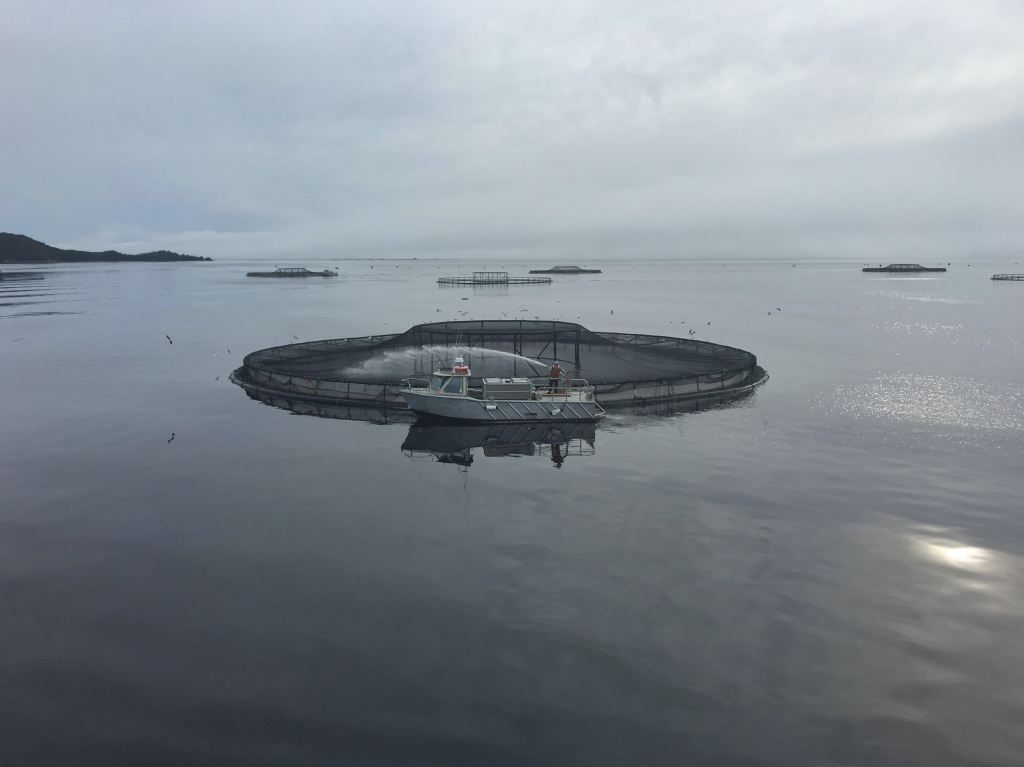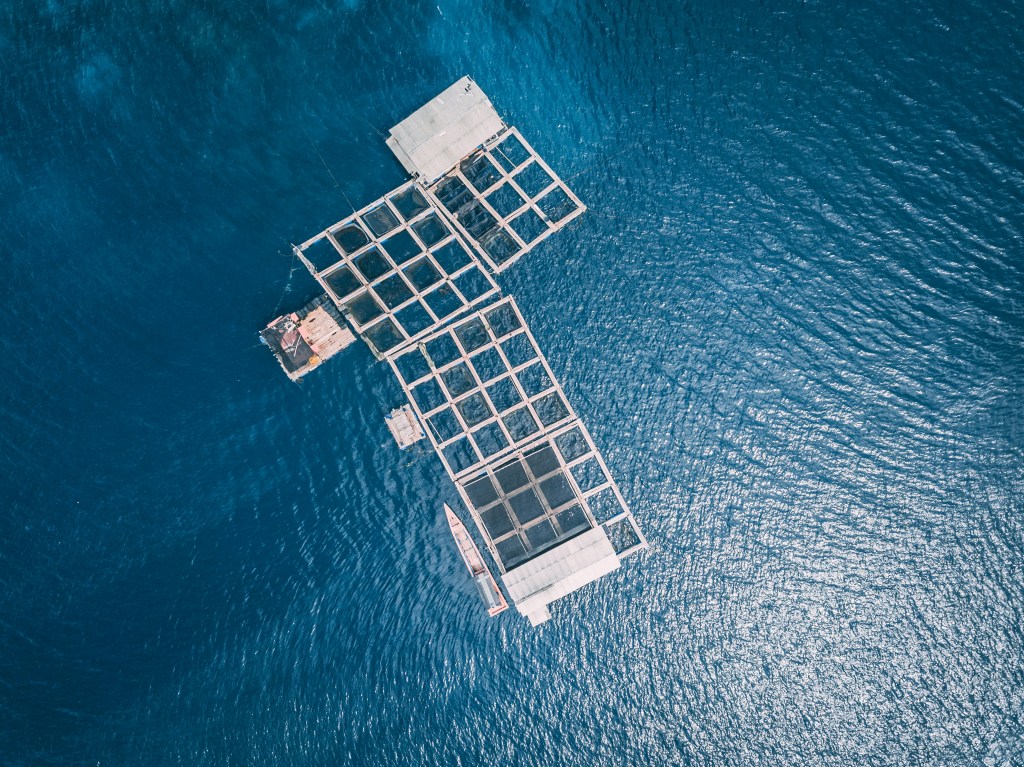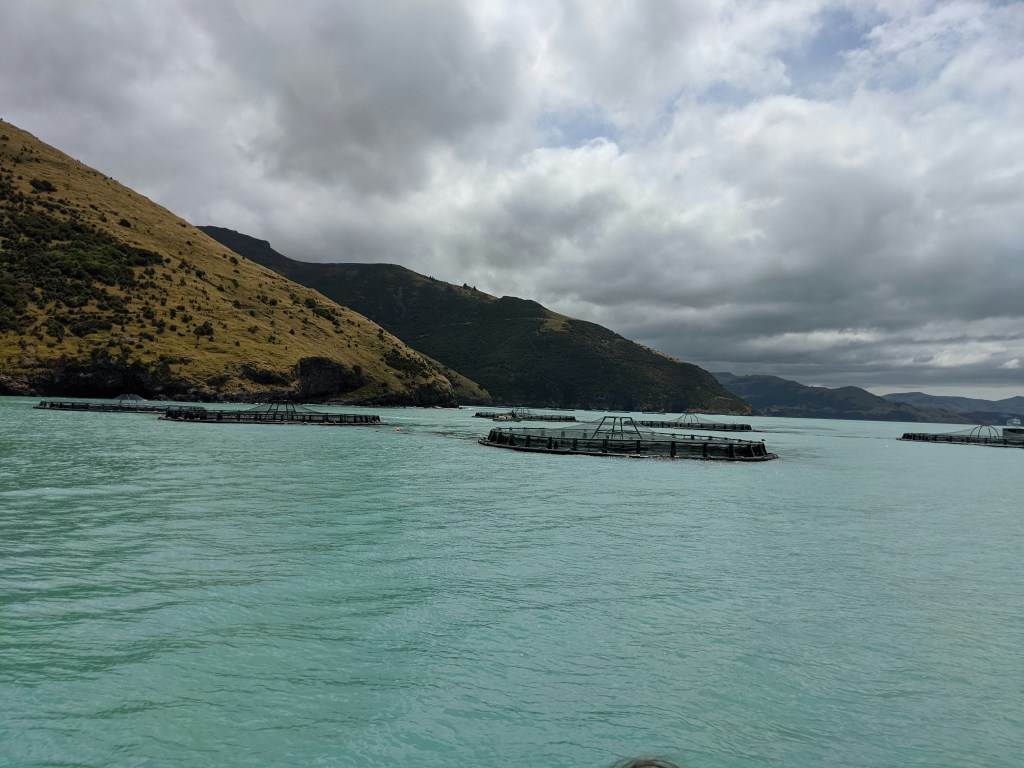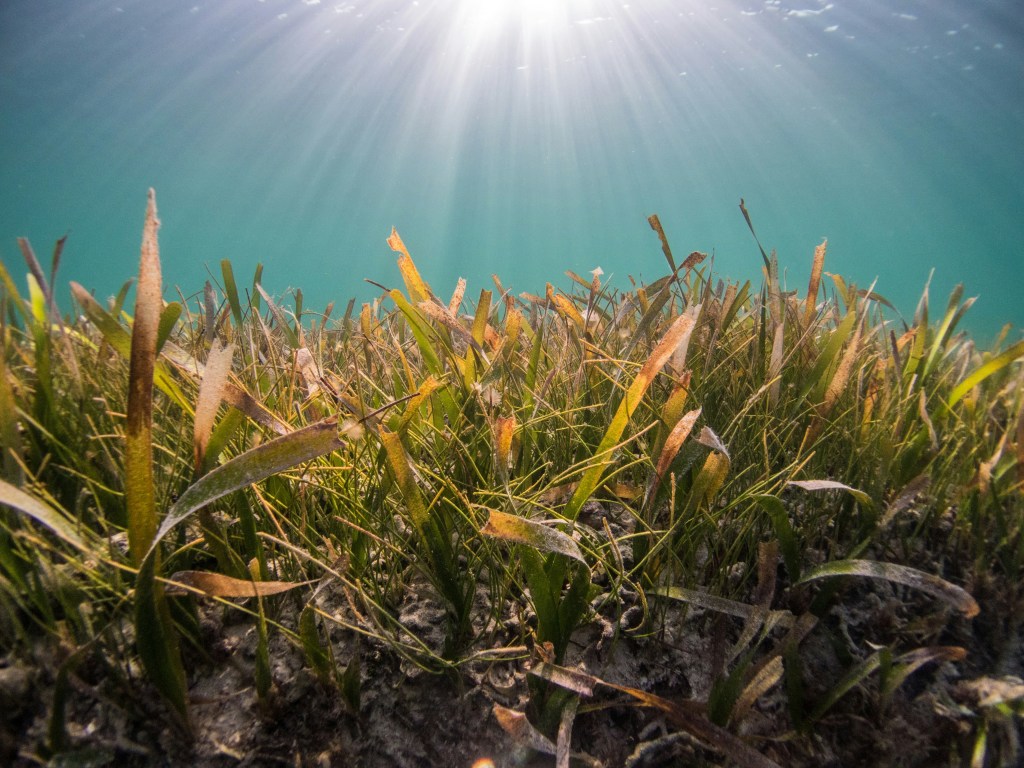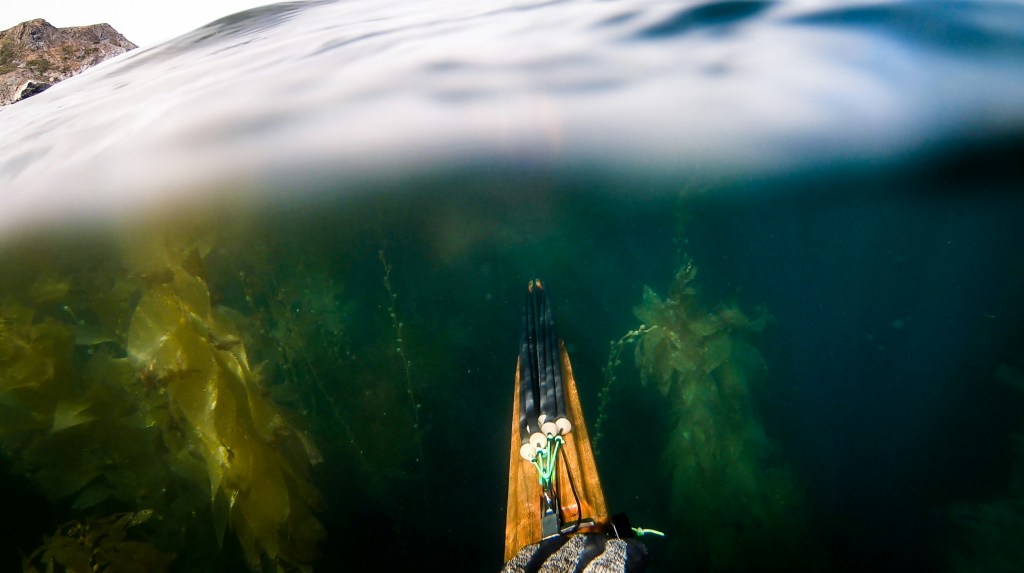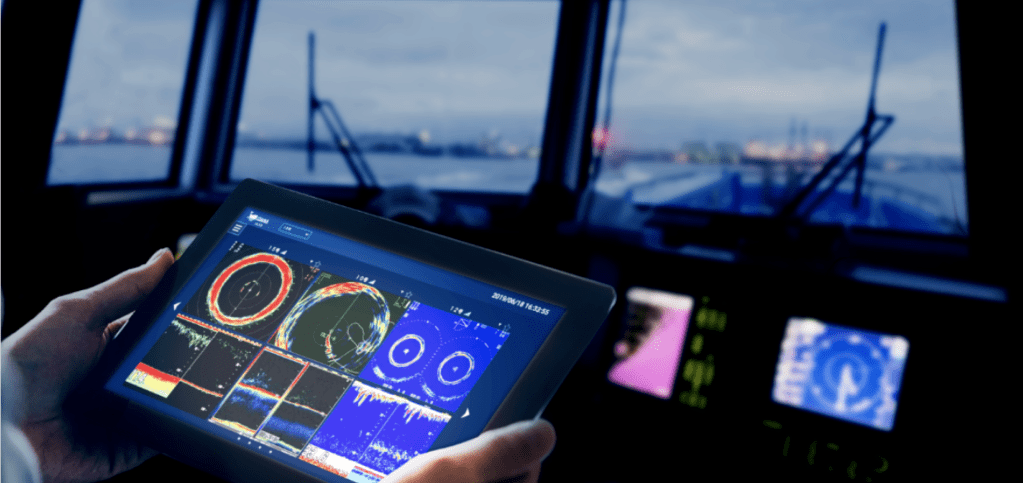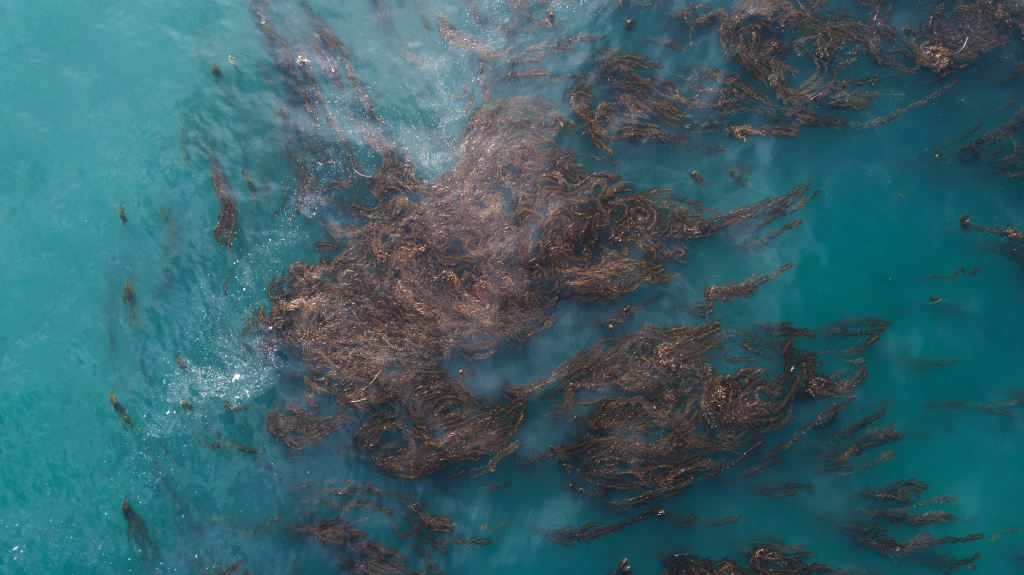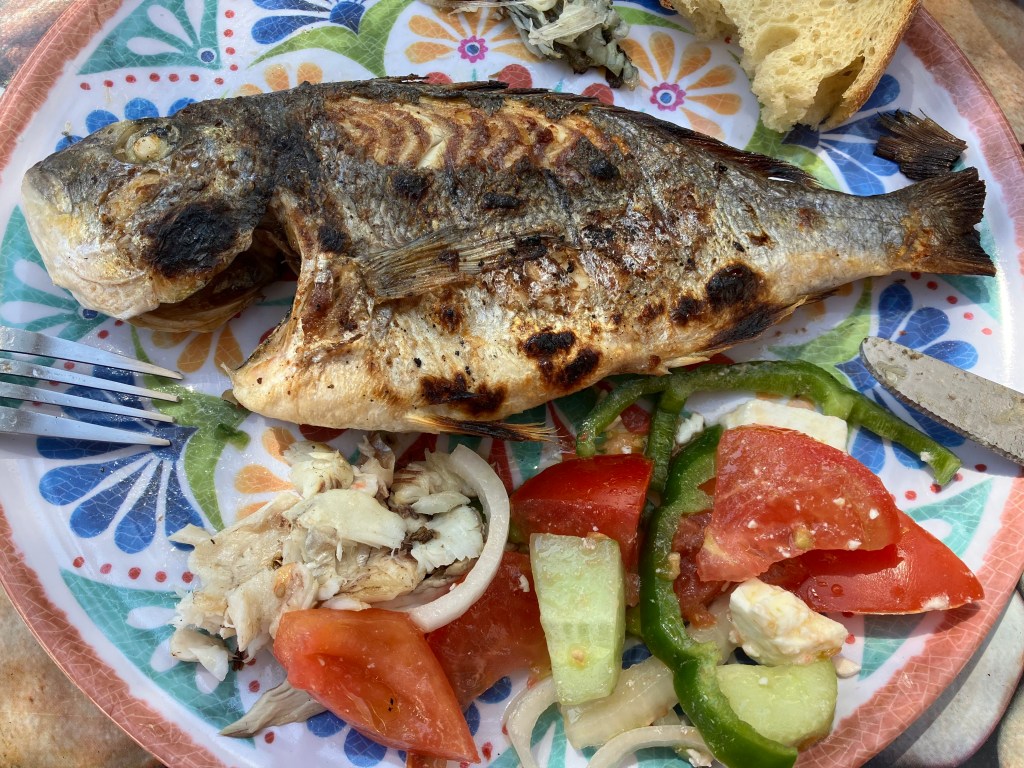Aquaculture is rapidly expanding to meet the global population’s appetite for affordable seafood. But with this expansion is an increasing demand for aquafeed, which is raising questions about the sustainability and affordability of two key feed ingredients – fishmeal and fish oil.
Both are sources of nutrients for energy and tissue growth, and often come from wild-caught forage fish such as anchovy and herring. However, aquaculture’s reliance on fish feed products, and the process of catching wild fish to feed farmed fish, will not only drastically reduce the amount of forage fish that can be harvested from the ocean, but also limit the necessary growth and sustainability of a sector that plays, and will continue to play, a huge role in the global food supply. Forage fish are also a vital part of the food chain, and the prices of fishmeal and fish oil derived from them are expected to rise.
Reducing its reliance on fishmeal and fish oil is one of the major challenges aquaculture faces as it continues to grow. But how can we scale up responsible aquaculture by reducing fishmeal and fish oil? Could there be opportunities for alternative ingredients to come under the spotlight?
Luckily, there could be. In future, fishmeal and fish oil alternatives will have to work together to make up a larger percentage of aquafeed, and things appear promising, with an array of potential solutions from insect-derived feed to algae innovations and plant-based proteins.
In February this year I spoke to two researchers who are working to provide the protein that fish need to grow, without resorting to fishmeal. Dr. Ming Hung Wong of the Education University of Hong Kong has developed feed pellets from food waste – expired items from supermarkets such as rice, wheat, vegetables, fruit and meat. He told me that food waste already contains different proteins and nutrients and is suitable for species with a lower nutritional requirement like lower-trophic level fish, herbivores like the common carp, filter feeders like grey mullet and omnivores like tilapia.


Suneet Shivaprasad, chief technology officer and co-founder of Rare Earth Global, has been evaluating hemp as a potential feed ingredient for the past two years. After nutritionally characterising several products, Shivaprasad and his team found high levels of aspartic acid, glutamic acid, phenylalanine, histidine and arginine in hemp seed meal, comparable to levels in fishmeal, with minimum anti-nutritional factors. They are now working to increase the protein content and balance the inclusion of hemp seed into feed formulations for salmon, trout, shrimp, tilapia and other species.
Both researchers told me that as aquaculture continues to expand, a portfolio of ingredients will be key to meeting future feed demand, so the sector will have to industrialise a range of new ingredients in the coming years. However, the journey may not be so smooth. Buyer interest, the ability to scale and integrate a new ingredient into the feed production supply chain, price competitiveness and product quality — protein content, palatability, digestibility and anti-nutrient factors – will all need to be taken into account.


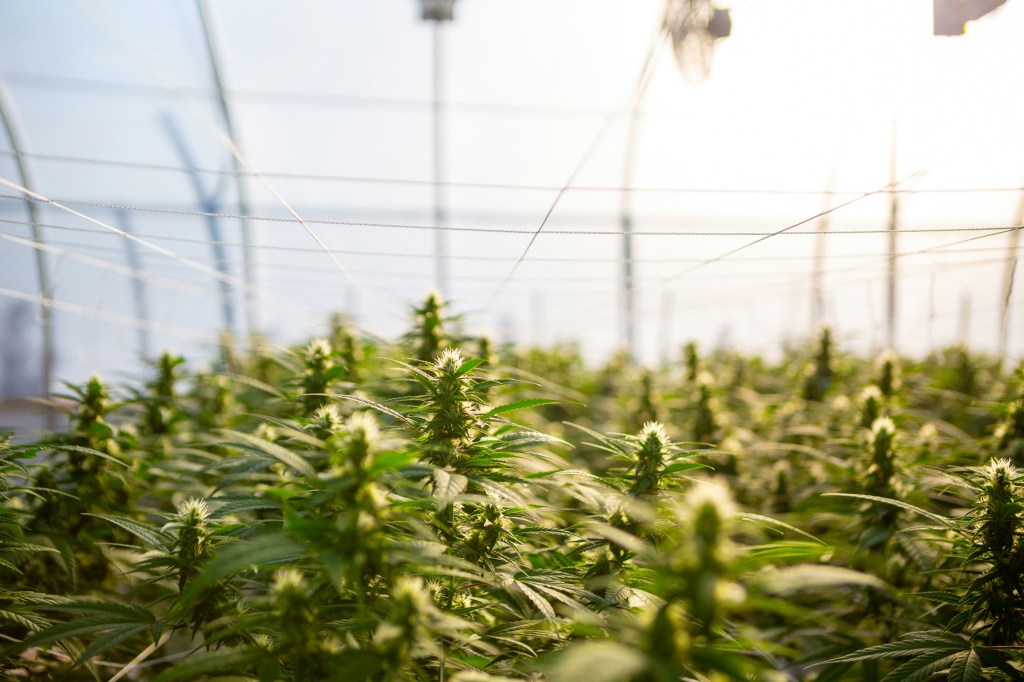
When I read about fishmeal alternatives, the one that always makes sense to me is insect feed. Many fish naturally eat insects. Insects are easy to raise, are high in protein, low in waste and rich in nutrients. It seems like a win all round.
Emissions associated with insect feed production are also much lower than conventional feeds. In fact, insects can reduce emissions by feeding on food waste that would otherwise go to landfill. The black soldier fly can apparently grow 5,000 times its initial body mass while feeding on fruit and vegetable waste or manure. With seven potential species that could be used in aquafeed, including mealworm, house cricket, housefly and black soldier fly, industry giants such as Cargill are betting on insects, recognising their benefits and working to incorporate novel ingredients in their feed.
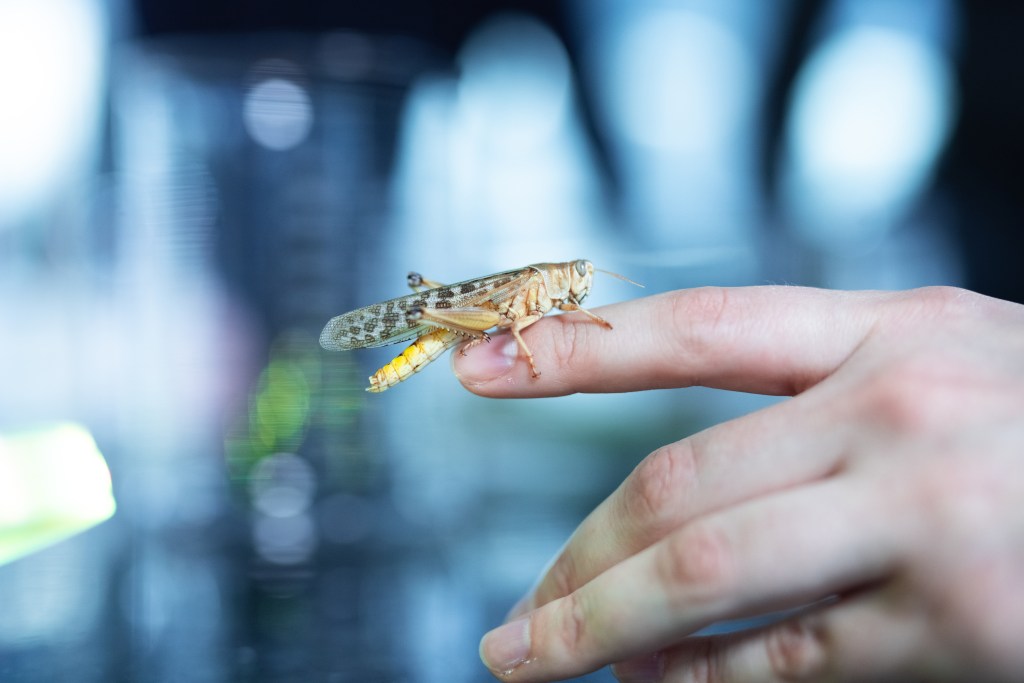

Microalgae also have potential due to their high levels of nutrients including proteins, lipids and omega-3 and omega-6 fatty acids. Their levels of carbohydrates and natural antioxidants result in positive effects on aquatic animals such as improved growth performance and enhanced disease resistance.
However, there is still a need to better understand the role of parameters such as temperature and light in microalgae growth and whether they impact the production of certain compounds. More research is also needed to optimise microalgae feed for different species. Microalgae can also be more expensive than fishmeal, and is only really economically viable as a supplement to existing protein sources.
Meanwhile, some studies focus on plant protein. Examples include corn products, pulses, oilseed meals and protein from other cereals products, as well as soybean meal, black cumin seed meal, canola meal and rapeseed meal. Soybean meal is by far the most well-known, with a balanced amino acid profile and consistent supply, but it also has low palatability, while high proportions can impact growth and digestion. Rapeseed meal also has a good protein content and a comparatively balanced amino acid content. It provides vitamins and minerals but also has anti-nutritional factors. Plant-based proteins could be cost-effective and stable in terms of supply, but it’s also worth asking ourselves how sustainable a plant really is. Large-scale soy farming, for example, requires mass deforestation.
Alternative protein ingredients are clearly much needed in aquaculture, but could they replace fishmeal entirely or could fishmeal remain a significant ingredient? According to Dr. Monica Betancor of the University of Stirling, fishmeal is unlikely to disappear completely.
“While it will continue to be included within aquafeeds, its role has changed from that of principal protein supply to that of a more strategic raw material. Nevertheless, a healthy basket of alternative ingredients is necessary to ensure the resilience of aquaculture and other livestock farming,” she said.

Credit: Bonnie Waycott

Credit: Bonnie Waycott

Credit: Bonnie Waycott
Any single ingredient is unlikely to completely replace fishmeal. However, as we can see from the range of emerging alternatives, a lot of effort is being made to reduce the percentage of fishmeal in aquafeeds to allow aquaculture to grow without depleting fishmeal supplies. Current fishmeal alternatives are complimentary; perhaps we will see new ingredients mixed together through specific feed formulations to produce something that successfully meets the nutritional needs of different species. Feeds including several ingredients are also more balanced and reduce the anti-nutritional factors of each separate ingredient, leading to better growth rates and animal health all round.
There is undoubtedly room for novel ingredients like algae and insect feed to gain a larger share of feed ratios in aquaculture. The question lies in whether broader industry cooperation, partnerships and working with industries outside aquaculture could develop the volume of promising fishmeal alternatives.
